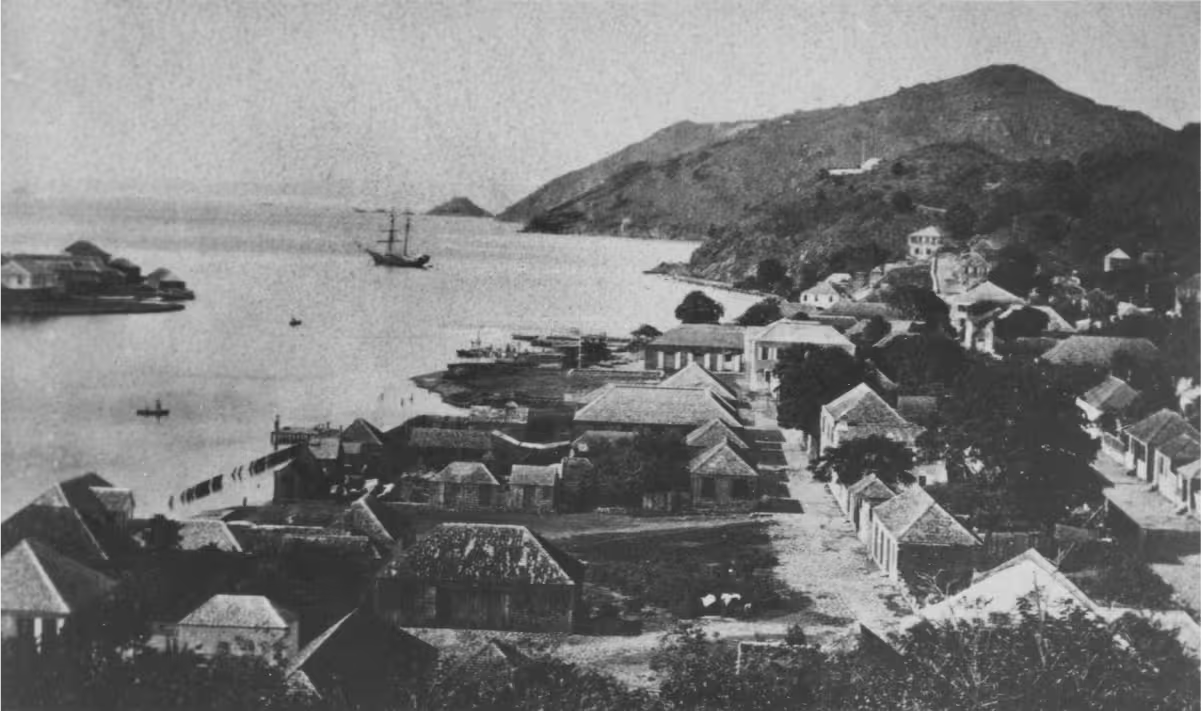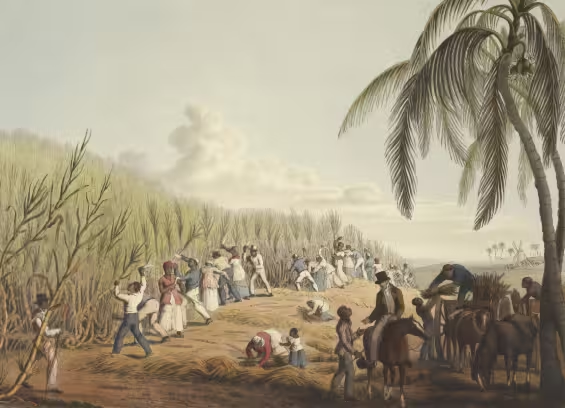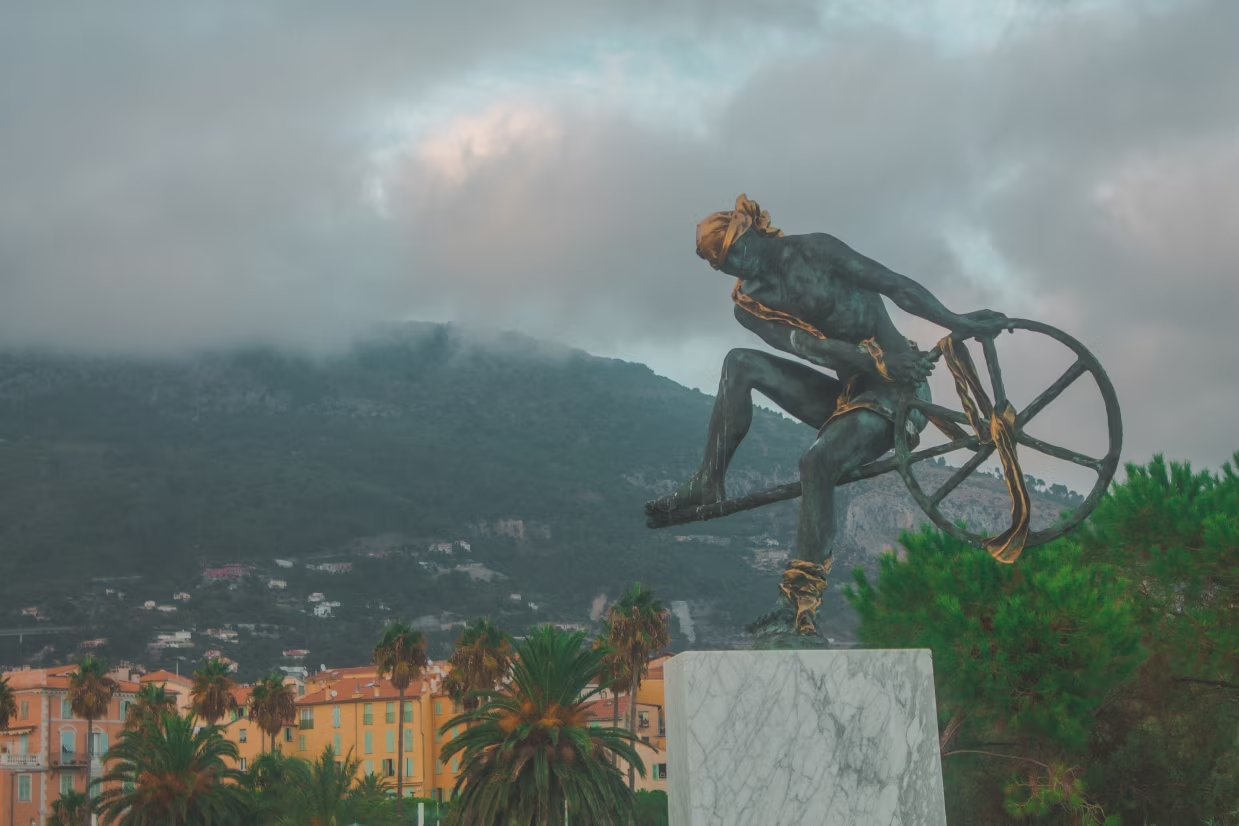
all you need to know
Saint Barthélémy
Saint Barthélemy, often referred to as St. Barth, is a small
French-speaking Caribbean island known for its white-sand beaches and
luxury tourism. Discovered by Christopher Columbus in 1493 and named after
his brother Bartolomeo, the island has a rich history of colonialism,
changing hands between the French, Swedish, and British before finally
being sold back to France in 1878. In modern times, St. Barth has
transformed into a playground for the rich and famous, boasting high-end
restaurants, designer boutiques, and exclusive resorts, while still
maintaining its charming blend of  French culture and Caribbean flair.
French culture and Caribbean flair.

SAINT BARTHÉLÉMY | General Information
Updated 16 March 2024Discover Saint Barthélemy

The Island
Unique and Unbeatable, Saint Barth is undoubtedly the most popular
island of the Caribbean. An exclusive destination where celebrities
and the world's greatest fortunes gather. Let yourself be carried
away by this Caribbean gem, where the French lifestyle reigns.
Iconic for its countless beaches, its restaurants led by famous
chefs, and the charming streets of Gustavia, Saint Barth is the
perfect place for a relaxing retreat with family or an unforgettable
stay among friends.
History
Saint Barth was originally called "Ouanalao" by the indigenous
tribes. Christopher Columbus visited the Caribbean in 1493 and
decided to name the island Saint-Barthélemy in honor of his brother
Bartolomeo. After a long period of poverty, the island was
frequented by many sailors until it was colonized by the French for
the first time in 1648. A century of piracy followed, leading King
Louis XVI to offer the island to Sweden in 1784. Gustavia was
founded and became a source of strength and prosperity for the
island. However, nature had other plans, and the economy of Saint
Barth collapsed. Once again, the island had to rebuild itself, which
is why Sweden decided to return it to France in 1878. In 1956, a new
era began when the Caribbean welcomed a certain Rockefeller. He fell
under the spell of this unique island and attracted many of the
world's great fortunes in his wake. This is how Saint Barth became
the prestigious destination we know today, rich in every way.

Location
Known as a paradise, the island is famous for its many white sandy
beaches, turquoise waters, and French art de vivre. It is home to a
number of renowned chefs running exceptional restaurants, as well as
high-end designer boutiques. Saint Barth is a French island in the
northern Caribbean and has been an Overseas Territory since January
1, 2012. It is not part of the Schengen area and is not included in
the European Union. Its capital, Gustavia, is one of the two main
entry points to the island. Whether by private boat or commercial
shuttle, the port of Gustavia welcomes locals and visitors several
times a day. The island has only one airport, Rémy de Haenen, which
is uniquely served daily by small commercial planes and charter
flights. Connections are available from Saint Martin, Guadeloupe,
Puerto Rico, and Antigua.
Formalities
Entering Saint-Barthélemy is generally straightforward, but it is
essential to ensure you have all the necessary documents to avoid
any unexpected issues during your journey.
1. European Travelers:
• Required documents: Valid ID card or passport.
• Visa: Not required for tourist or business stays of less than 90 days.
2. American and Canadian Citizens:
• Required documents: Valid passport with at least 6 months of validity at the time of entry.
• Visa: Not required for tourist or business stays of less than 90 days.
• Return or onward ticket: Required for entry.
3. Citizens of Certain Countries Needing a Specific Visa:
• Required documents: Valid passport with at least 6 months of validity at the time of entry.
• Visa: Citizens of some countries must obtain a specific visa from the Department of Outre-Mer of Guadeloupe, delivered by a French consulate, before being allowed to enter Saint-Barthélemy. (Non-exhaustive list: South Africa, Brazil, Colombia, Dominican Republic, Georgia, India, Morocco, Peru, Russia...).
• Note: Schengen visas issued by other countries are not valid for entry to Saint-Barthélemy. Only French national visas with the correct annotations are accepted.
It is highly recommended to consult the French consulate as soon as you plan your trip.
Email inquiries: bta.st-barthelemy@gendarmerie.interieur.gouv.fr
For more details, it is recommended to consult the official France-Visas website based on your nationality and specific situation.
Other Information:
• Entry Form: It is advised to complete the entry form available on the Saint-Barthélemy tourism office website prior to your arrival.
• Travel Insurance: It is recommended to have travel insurance that covers medical expenses and repatriation.
• Transit at Sint Maarten:
◦ Before your final arrival in Saint-Barthélemy, you will likely transit through Sint Maarten’s airport.
◦ Required documents: All travelers arriving at Princess Juliana International Airport (Dutch side) must have a valid passport, and possibly a visa, and must fill out an immigration form before arrival. This form is usually handed out on the plane.
◦ Online form: All travelers (residents and visitors, including those in transit) must also complete an online form available at: https://www.entry.sx/
1. European Travelers:
• Required documents: Valid ID card or passport.
• Visa: Not required for tourist or business stays of less than 90 days.
2. American and Canadian Citizens:
• Required documents: Valid passport with at least 6 months of validity at the time of entry.
• Visa: Not required for tourist or business stays of less than 90 days.
• Return or onward ticket: Required for entry.
3. Citizens of Certain Countries Needing a Specific Visa:
• Required documents: Valid passport with at least 6 months of validity at the time of entry.
• Visa: Citizens of some countries must obtain a specific visa from the Department of Outre-Mer of Guadeloupe, delivered by a French consulate, before being allowed to enter Saint-Barthélemy. (Non-exhaustive list: South Africa, Brazil, Colombia, Dominican Republic, Georgia, India, Morocco, Peru, Russia...).
• Note: Schengen visas issued by other countries are not valid for entry to Saint-Barthélemy. Only French national visas with the correct annotations are accepted.
It is highly recommended to consult the French consulate as soon as you plan your trip.
Email inquiries: bta.st-barthelemy@gendarmerie.interieur.gouv.fr
For more details, it is recommended to consult the official France-Visas website based on your nationality and specific situation.
Other Information:
• Entry Form: It is advised to complete the entry form available on the Saint-Barthélemy tourism office website prior to your arrival.
• Travel Insurance: It is recommended to have travel insurance that covers medical expenses and repatriation.
• Transit at Sint Maarten:
◦ Before your final arrival in Saint-Barthélemy, you will likely transit through Sint Maarten’s airport.
◦ Required documents: All travelers arriving at Princess Juliana International Airport (Dutch side) must have a valid passport, and possibly a visa, and must fill out an immigration form before arrival. This form is usually handed out on the plane.
◦ Online form: All travelers (residents and visitors, including those in transit) must also complete an online form available at: https://www.entry.sx/

Climate
Saint Barthélemy is a "dry" island. Due to its rocky terrain, past
deforestation, and low rainfall, there is not enough natural water
to supply its inhabitants. Drinking water is either imported in
bottles or supplied through desalination of seawater. The island has
a Dry Tropical Maritime climate, meaning that rainfall is very low.
It is rare to experience even a couple of hours of rain. However,
precipitation is higher in the second half of the year, with
hurricane season occurring between late August and October.
Temperatures range between 78°F and 89°F (25°C to 31°C) year-round.
Local Time
Saint Barth, like the rest of the Caribbean, maintains the same time
all year. The time zone is UTC -04:00.

Language
The official language is French, but English is widely spoken.
Currency
The main currency is the Euro (€), but US Dollars ($) are accepted
everywhere.
Water Supply
Since there are no rivers or natural freshwater sources in Saint
Barth, rainwater collected in cisterns is useful during dry periods.
Additionally, the island has a desalination plant that provides
water to most homes, but this service is costly. The tap water is
potable, but we recommend not drinking it. Most residents of the
island consume bottled water exclusively. Water may come from either
the municipal supply or cisterns, and as such, it can sometimes be
unsuitable for consumption. Water remains a precious resource and
should be used wisely and responsibly.

Electricity
Electricity in Saint Barthélemy is 220 volts and 60 Hz throughout
the island. However, most hotels and villas have transformers to
provide 110V power.
Healthcare
There is a hospital in Gustavia, along with many specialist and
general practitioners available on the island. Several pharmacies, a
medical analysis laboratory, and a radiology center are also
present.